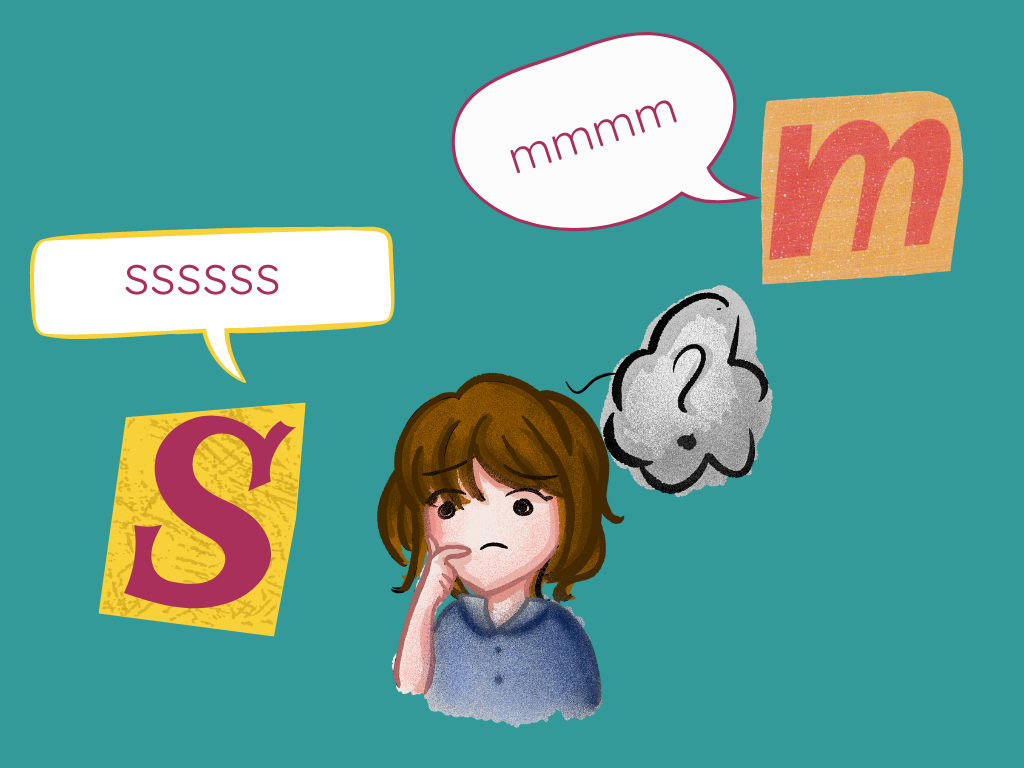
Letters do not make sounds. The first time I heard that, I was surprised. And yet – when is the last time you heard a letter make a sound? Never, right?
Letters don’t make sounds. Sounds are represented by letters. That’s why, when we teach kids to read, it’s best to start with the sounds kids already know, rather than the names of the letters, and then showing them that letters (not the names, but the symbols) are the “secret code” that helps them read and write the words that use those sounds.
This concept, introduced by influential cognitive psychologist Diane McGuinness, revolutionized the way some reading programs are taught – programs that research has proven to be some of the most effective:
– Phono-Graphix
– EBLI
– Sounds-Write
Once I learned this, I felt embarrassed about all the times I’ve told my students that “L says llllllll,” etc. But I shouldn’t. I’m far from alone.
The programs mentioned above are called speech-to-print programs. Most reading programs are print-to-speech.
The speech-to-print program I use, Reading Simplified®, was developed by Dr. Marnie Ginsberg, who led the development of the Targeted Reading Intervention (TRI) at the University of North Carolina. TRI, which is on the federal What Works Clearinghouse and is endorsed by such organizations as Evidence for ESSA and RAND Corporation’s Promising Practices Network, was eventually expanded into her Reading Simplified program.
Explaining the difference between speech-to-print and print-to-speech would take longer than a blog post (update – I now have written a blog post on that). You can learn more from the late Dr. McGuiness’s book “Why Our Children Can’t Read.”
For now, just know that speech-to-print programs can help kids learn to read, going from CVC words to multi-syllable words in as few as 12 hours of targeted instruction.
If you’re surprised by this, intrigued, knowledgeable, or have anything else to say or ask, please leave a comment!
